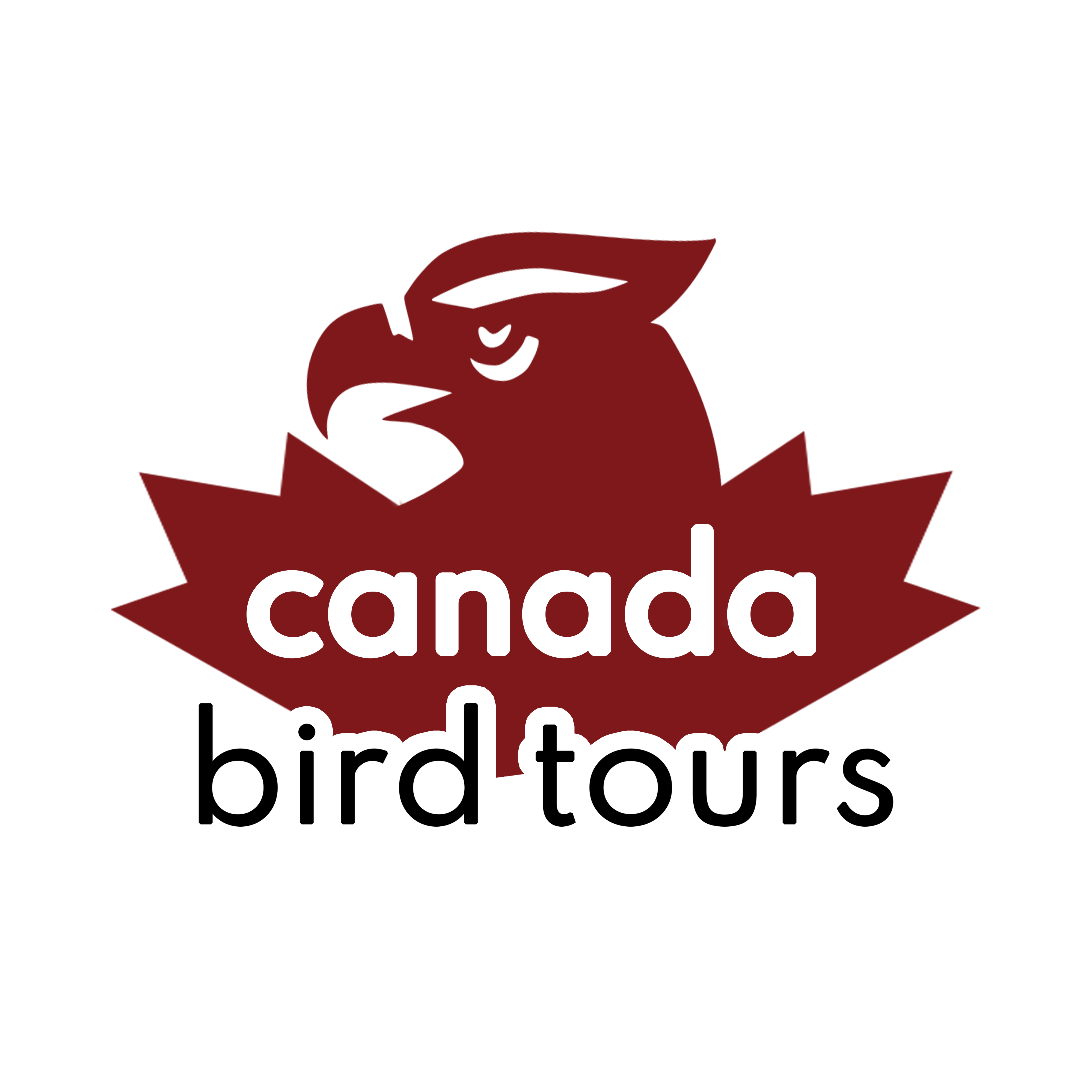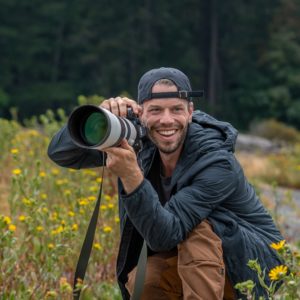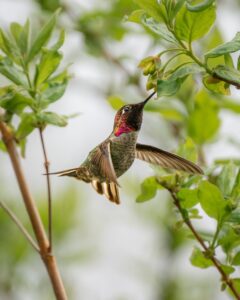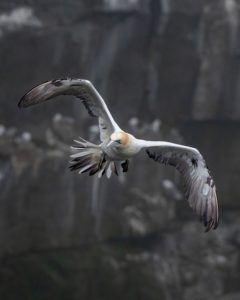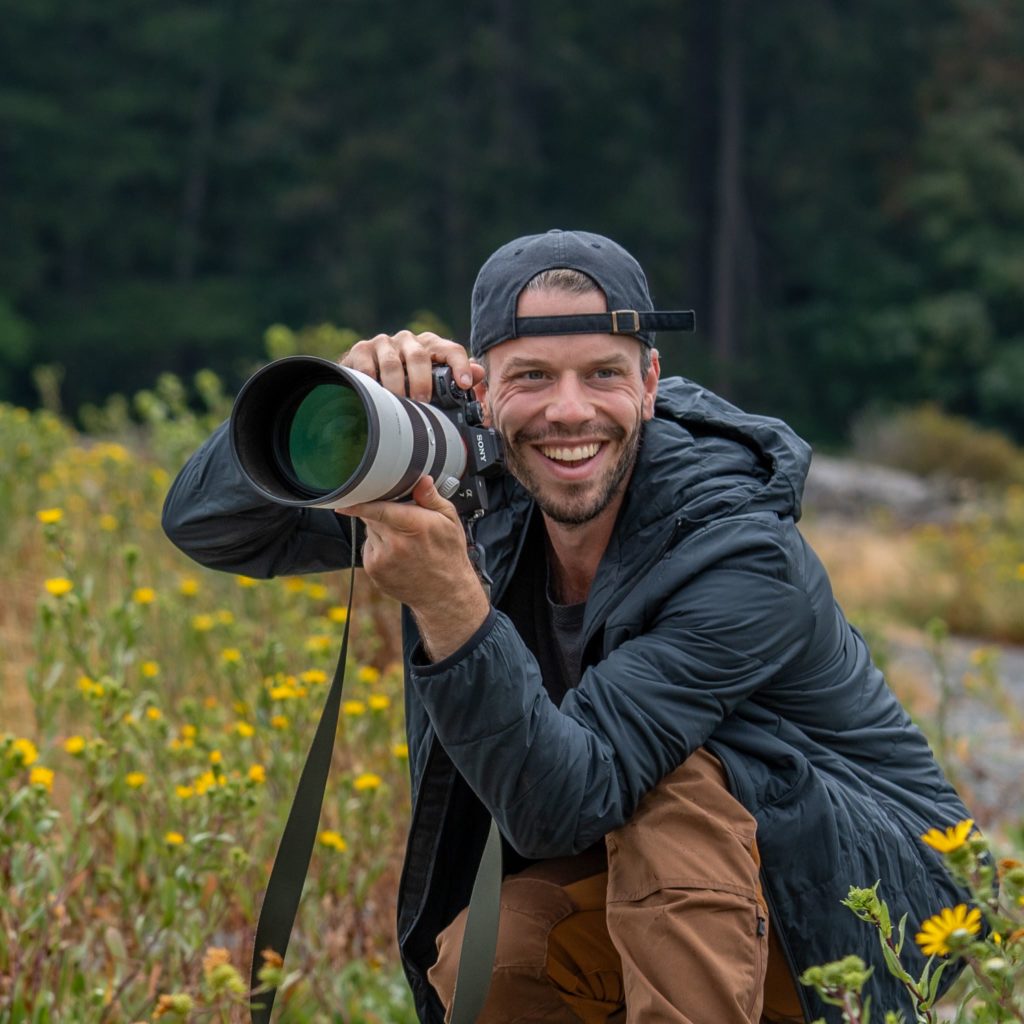If you’re venturing into bird photography and seeking the ideal gear, we’re here to guide you towards equipment that will elevate your experiences. Discovering the right tools for the job can make all the difference in capturing stunning avian moments. Let’s explore the world of birding gear and why investing wisely from the start can pay off in the long run.
1. Camera Bodies: Quality Over New Entry-Level Models
Choosing the right camera body is crucial for bird photography. While new entry-level cameras can be tempting, investing in a higher-end, used model can offer superior performance and durability. Consider these recommendations:
- Nikon D500: This enthusiast-level DSLR from Nikon packs impressive features, including a 20.9MP sensor, advanced autofocus system, and excellent low-light performance. Opt for a used D500 for exceptional image quality and responsiveness ideal for birding.
- Canon EOS 7D Mark II: The Canon 7D Mark II is a favorite among bird photographers, featuring a 20.2MP APS-C sensor, 65-point autofocus system, and rugged build quality. A pre-owned 7D Mark II offers pro-level performance without breaking the bank.
- Sony Alpha A7 II or A7 III: Sony’s A7 series mirrorless cameras are renowned for their full-frame sensors and advanced autofocus capabilities. Consider a used A7 II or A7 III for exceptional image quality and versatility in bird photography.
Why Choose Used Higher-End Models?
- Better Performance: Higher-end camera models like the Nikon D500, Canon 7D Mark II, and Sony A7 series offer superior image quality, faster autofocus, and more robust build compared to new entry-level cameras.
- Long-Term Investment: Investing in a higher-end used camera upfront ensures you have a reliable tool that will grow with your skills. It’s more cost-effective in the long run than starting with a basic model and upgrading later.
- Resale Value: Quality used camera bodies retain their value well, allowing you to resell or upgrade without significant losses if needed.
2. Telephoto Lenses: Capturing Birds from Afar
Pair your camera body with a quality telephoto lens for bird photography:
- Nikon AF-S NIKKOR 200-500mm f/5.6E ED VR: Ideal for Nikon D500 users, offering excellent reach and sharpness for capturing distant birds.
- Canon EF 100-400mm f/4.5-5.6L IS II USM: A versatile lens for the Canon 7D Mark II, providing exceptional image quality and fast autofocus.
- Sony FE 200-600mm f/5.6-6.3 G OSS: Perfect for Sony A7 series cameras, offering impressive telephoto reach and optical stabilization.
- Sigma 150-600mm f/5-6.3 DG OS HSM Contemporary: A budget-friendly alternative with excellent reach and image quality. Great for beginners looking to maximize their focal length without breaking the bank.
3. Tripod or Monopod: Stability for Clear Shots
Invest in a sturdy support system to steady your camera and lens:
- Manfrotto Befree Advanced Tripod: Lightweight and portable, ideal for outdoor bird photography excursions.
- Sirui P-326 Carbon Fiber Monopod: Provides stability and mobility for capturing birds in various environments.
4. Memory Cards and Storage: Reliability Matters
Ensure you have ample storage space and reliable memory cards:
- SanDisk Extreme PRO SDXC UHS-I Card: Fast read and write speeds for capturing continuous bursts of bird activity.
5. Field Guide and Birding Apps: Enhancing Bird Identification
Improve your bird identification skills with essential references:
- “The Sibley Guide to Birds” by David Allen Sibley: A comprehensive guide featuring detailed illustrations and species information.
- eBird App: Use eBird to discover birds in your area and contribute to citizen science efforts.
6. Additional Tips for Beginners: Patience and Practice
- Practice Patience: Bird photography requires patience and persistence. Spend time observing bird behavior and learning their habits.
- Learn Basic Photography Techniques: Understand concepts like exposure, composition, and focusing to improve your bird photos.
- Respect Wildlife: Prioritize the well-being of birds and their habitats. Keep a safe distance and avoid disturbing nesting sites.
Equip yourself with quality gear and embark on an exciting journey of bird photography with Canada Bird Tours. Capture breathtaking images of birds in their natural habitats and hone your photography skills along the way.
For more birdwatching tips and to book your bird photography tour, visit Canada Bird Tours.
